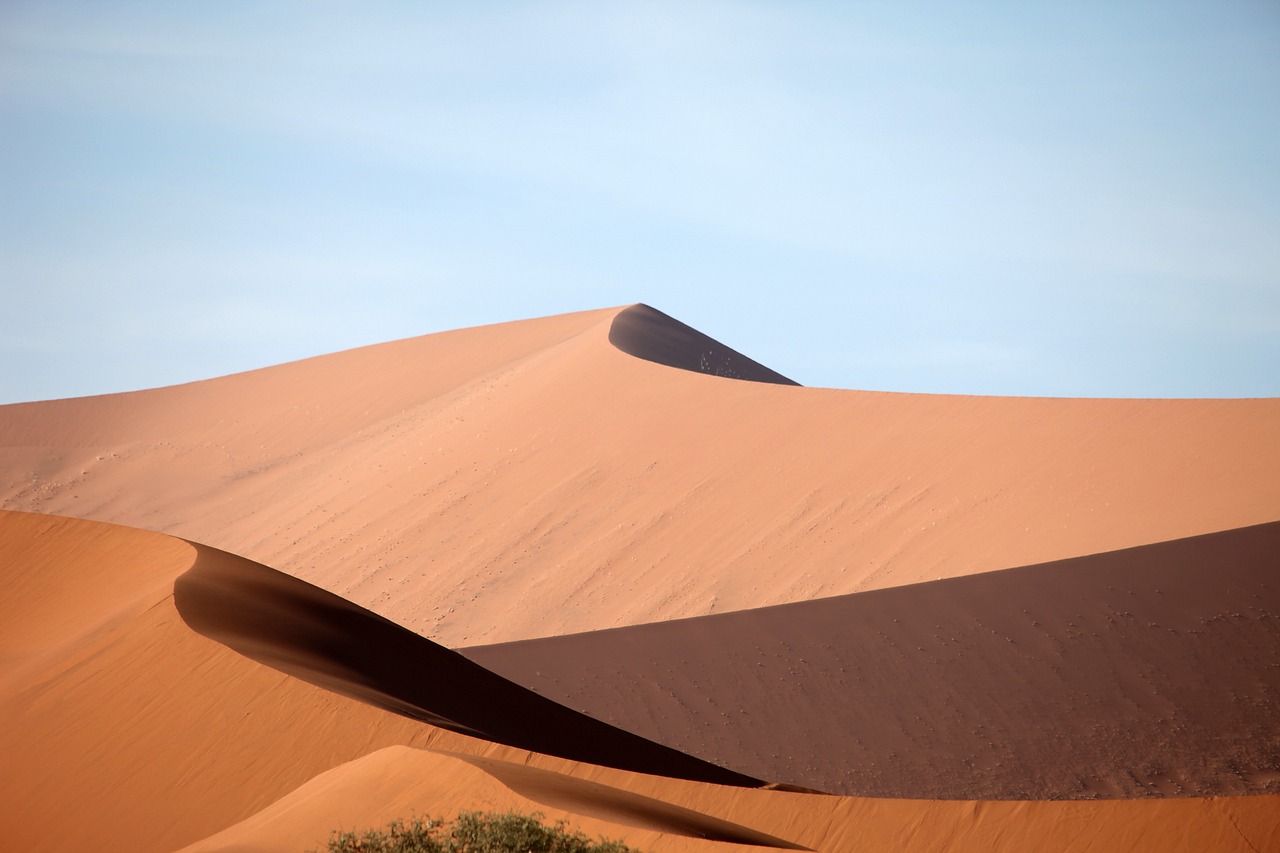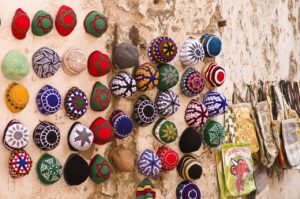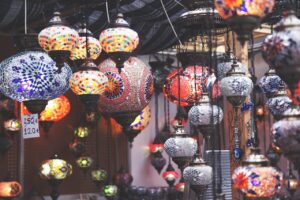When many travelers think of Africa, they picture the iconic: lions on the Serengeti, the pyramids of Egypt, or the white sands of Zanzibar. Yet Africa’s true magic often lies beyond the postcards — in the quiet corners, the local markets, the forgotten paths, and the voices of its people.
This is a journey not through the Africa of travel brochures, but through the lesser-known wonders that reveal the continent’s deep spirit.
1. Ethiopia’s Rock-Hewn Churches of Lalibela
In the highlands of Ethiopia, where the air is crisp and the horizon seems endless, lies Lalibela — a town that feels suspended between earth and heaven. Here, in the 12th century, a king carved eleven churches directly into the rock.
Walking into Bete Giyorgis, the famous cross-shaped church, feels like stepping inside a prayer. Sunlight filters down from above, casting long shadows on stone walls worn smooth by centuries of worship. Barefoot priests in white robes pass silently, carrying ancient crosses and manuscripts.
This is not just history preserved — it’s history alive. The same rituals that began hundreds of years ago continue, unbroken, every day.
2. The Sahara’s Ocean of Sand: Algeria’s Hoggar Mountains
Far to the north, the Hoggar Mountains rise from the sands of the Algerian Sahara like ancient guardians. Here, the desert is not empty — it’s alive with whispers. Tuareg nomads guide travelers across vast dunes, telling stories passed down for generations.
In the evenings, the sky becomes an infinite canvas of stars, so bright they seem close enough to touch. Around a desert fire, tea is poured in three rounds — bitter as life, strong as love, and sweet as death, as the Tuareg saying goes.
The Hoggar teaches that the desert is not a place to conquer, but to understand.
3. Ghana’s Cape Coast: Echoes of the Past
On the shores of Ghana, the whitewashed walls of Cape Coast Castle stand against the Atlantic waves. Once a hub in the transatlantic slave trade, it is now a place of remembrance.
Walking through its dim corridors and cramped dungeons is sobering. Guides speak softly, their words heavy with history. Outside, fishermen mend their nets, children play on the beach, and the sea continues its eternal rhythm.
Here, travel becomes more than sightseeing — it becomes an act of witnessing.
4. The Namib Desert’s Living Sands
In Namibia, the Namib Desert stretches to meet the Atlantic in an endless marriage of sand and sea. Dunes rise like mountains, their colors shifting from deep orange to gold with the day’s light.
Climb Dune 45 at sunrise, and the world turns into a canvas of shadow and glow. From above, the desert feels eternal. Yet it is home to creatures perfectly adapted to its extremes — sidewinder snakes, beetles that drink morning fog, and oryx that survive with almost no water. In the silence, you hear your own breath and realize that life finds a way even in the harshest places.
5. Madagascar’s Avenue of the Baobabs
In western Madagascar, a dusty road lined with towering baobabs feels like a gateway to another time. These giants, some over 800 years old, rise against the sky like watchful elders.
At sunset, their silhouettes become art — dark shapes against a pink and gold horizon. Children play among their roots, and local farmers pass with carts pulled by zebu cattle.
The baobabs remind travelers that beauty is not just in landscapes, but in the way people live alongside them.
6. Malawi’s Lake of Stars
Lake Malawi, known as the “Lake of Stars,” shimmers under the African sun, its surface dotted with colorful fishing boats. Villages line its shores, where life moves to the rhythm of the water.
Dive beneath the surface, and you’ll find a world of vibrant cichlid fish found nowhere else on earth. At night, lanterns from fishing boats reflect on the lake like constellations. Here, you can paddle a dugout canoe, learn to cast a net, or simply sit on the sand, feeling time slow down.
7. Morocco’s Blue Pearl: Chefchaouen
In the Rif Mountains of Morocco, the town of Chefchaouen glows in shades of blue. Walls, doors, and steps are painted in hues from sky to sapphire, creating a dreamlike atmosphere.
Wander its narrow lanes and you’ll find artisans weaving blankets, bakers sliding fresh bread into clay ovens, and cafés where mint tea is served in glasses that sparkle in the sunlight.
The blue is said to symbolize peace, spirituality, or even a way to keep mosquitoes away — but whatever the reason, it makes Chefchaouen unforgettable.
8. South Africa’s Wild Coast
The Wild Coast of South Africa is a place of raw beauty — rolling green hills drop into rocky shores where waves crash with endless power. This is the land of the Xhosa people, whose traditions remain strong.
Hike along the coast to find waterfalls that plunge directly into the sea, or small villages where you can share a meal of freshly caught fish. Here, the journey is about connection — to the land, the ocean, and the people who call it home.
Why These Stories Matter
Africa is often spoken of in sweeping generalizations — but the truth is, no single story can define it. Each region holds its own rhythm, its own history, its own invitation.
These journeys — from the Ethiopian highlands to the South African coast — reveal a continent not just to be seen, but to be felt. Travel here is about listening as much as looking, respecting as much as exploring.




